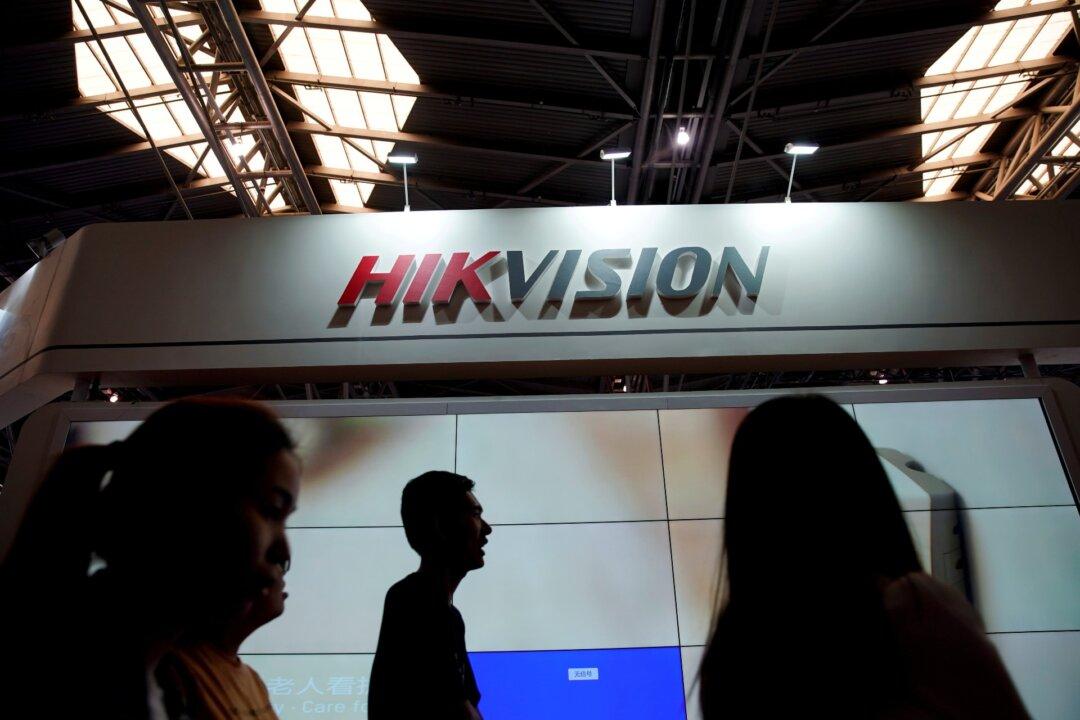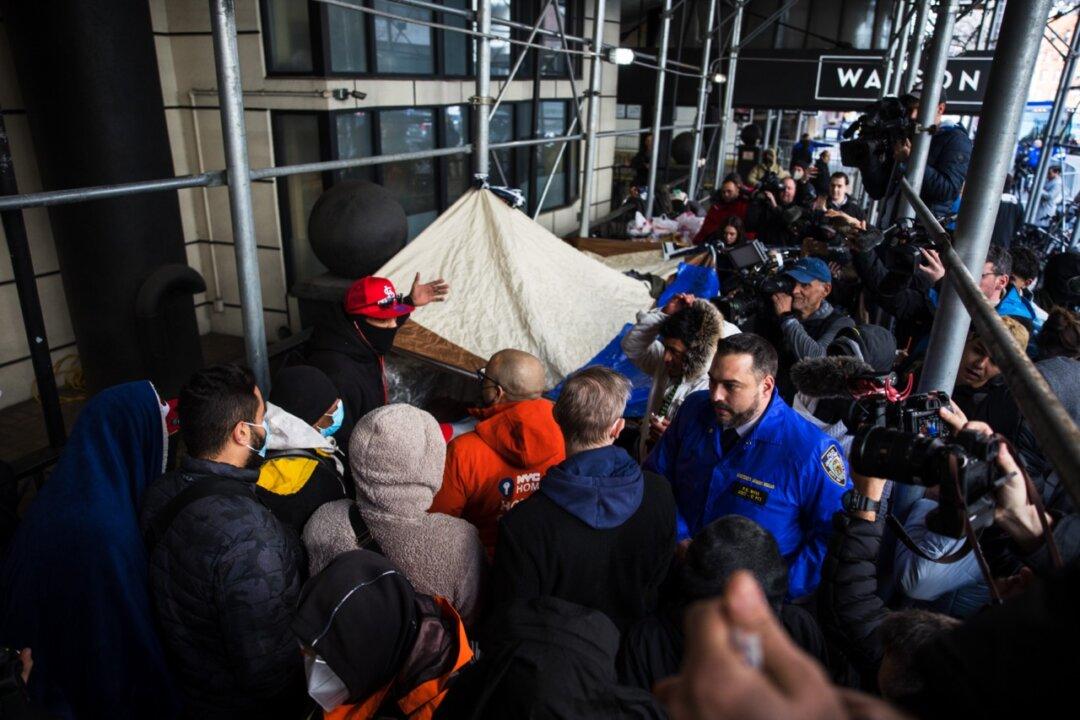Researchers recently spotlighted an interrogation solution developed by Chinese video surveillance giant Hikvision that integrates face recognition cameras that identify prisoners with behavior analysis techniques.
By selling the solution, according to the report, Hikvision implements access control, biometric data analytics, behavior detection, and perimeter analytics to detect physical conflicts, intruders, escapees, etc. The analytics will also alarm if the interrogator is absent or falls asleep.
A promo video released by Hikvision in 2018 shows that a detainee, strapped into a tiger chair during the interrogation, will be filmed by multiple Hikvision cameras from different angles. The devices are connected to the Interrogation Console, a customized network video recorder (NVR ) with a screen, CD burner, and space for hard drives.
Tiger Chair
Hikvision’s interrogation solution also permits the interrogation to be filmed while staff transcribe it into a laptop for detainees to sign on the spot. The automatic printing of transcripts raises concerns about forced confessions, however.Although China’s top court banned torture in 2013, police justify the use of tiger chairs for interrogations attempting to extract a forced confession. The device has long been accused of weakening one’s body as the person is strapped in and immobilized in an unnatural position over a long period of time.
The tiger chair is far from the only torture processes commonly used in communist China’s jails, labor camps, and “reeducation” centers where religious adherents are forced to renounce their faith.
The Chinese regime’s crackdown on ethnic and religious minorities in Xinjiang—subjecting them to abuses that include torture, sterilization, political indoctrination, and forced labor—has been denounced as “genocide” by Canada, the Netherlands, the UK, and the United States.
Hikvision did not respond to a request for comment.




